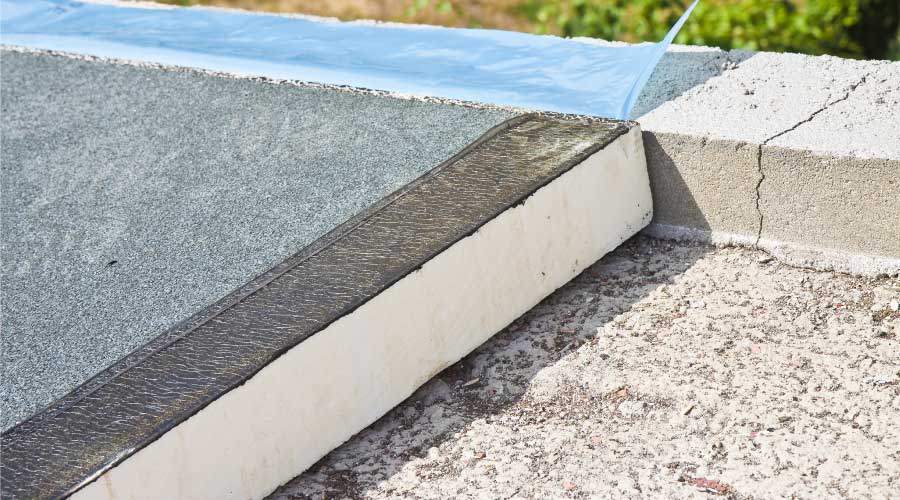Selecting Qualified Energy-Efficiency Service Providers
Hiring smart. Managers must be sure to select qualified service providers and installing contractors to perform the work when appropriate. Many utility incentive and rebate programs have a network of qualified service providers or trade allies. These partners and allies have gone through program orientation and training and have demonstrated their capability to comply with the requirements of the programs to which they are a partner.
Managers should work with the utility incentive or rebate program manager to select a partner or ally to provide consultation services — such as commissioning, energy auditing, or design services — and installation services, such as mechanical or electrical contractors. Selecting a partner or ally can help speed the process of going through the utility incentive or rebate program and help the organization achieve the maximum possible incentive or rebate.
Asking questions. Managers should not hesitate to ask questions of the utility incentive or rebate program manager to better understand the program's process, requirements and timeline. Before beginning the process, managers must be sure to get satisfactory answers to the following questions:
- What is the process to go through to receive the maximum possible incentive or rebate through the program?
- How long does the process take?
- What measures qualify for incentives through the program?
- How do we start the process?
- What information do I need to provide to the program?
- What will be required of me throughout the process?
- How much will I be involved?
- Can you help me select a service provider to perform commissioning, energy auditing, or design, if needed?
- Can you help me identify and select an installation contractor to implement the qualifying measures, if needed?
Managers should not hesitate to ask questions during the process, either. The utility incentive or rebate program manager is there to answer questions that might arise. By asking questions, the program manager will see the organization's interest in meeting their requirements.
Engaging the utility incentive or rebate program before the project begins, using qualified service providers, and asking questions to the program manager, will lead to managers and their organizations having a better probability of receiving the maximum possible utility incentive or rebate for implementing qualifying measures.
Christopher Morales, LEED AP O+M, is a project manager at SSRCx in Nashville, Tenn. He provides energy and water-conservation consulting services to owners of existing building. He has five years of experience with energy conservation measures in commercial buildings.
Bonus Info
-
Before managers enroll their organizations in utility demand-response programs, they must understand the risks and benefits of the program.
- Typical loads affected by demand-response programs include air-conditioning compressors, lighting systems, electric heaters, elevators, and non-critical process loads.
Read full article: www.facilitiesnet.com/12618MS
|
Related Topics:













